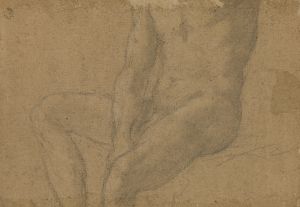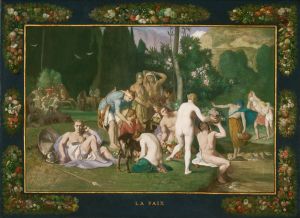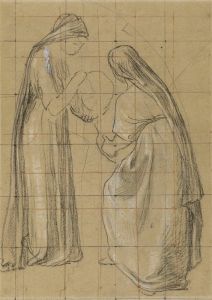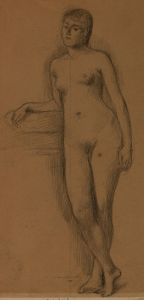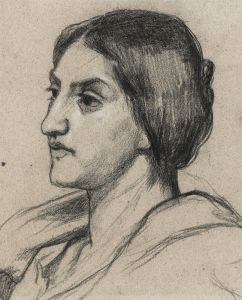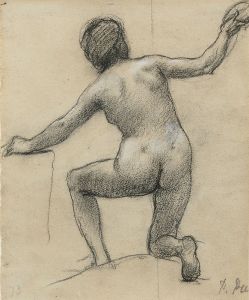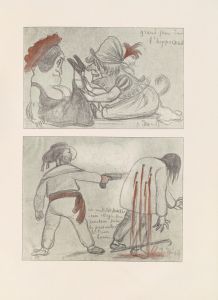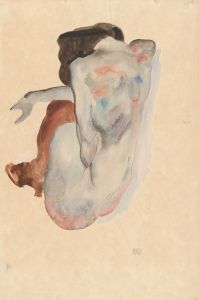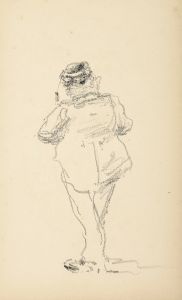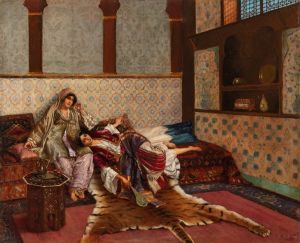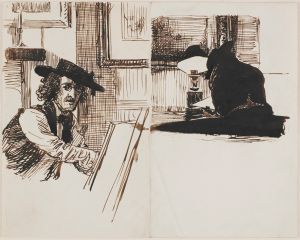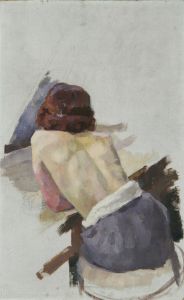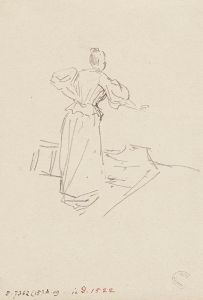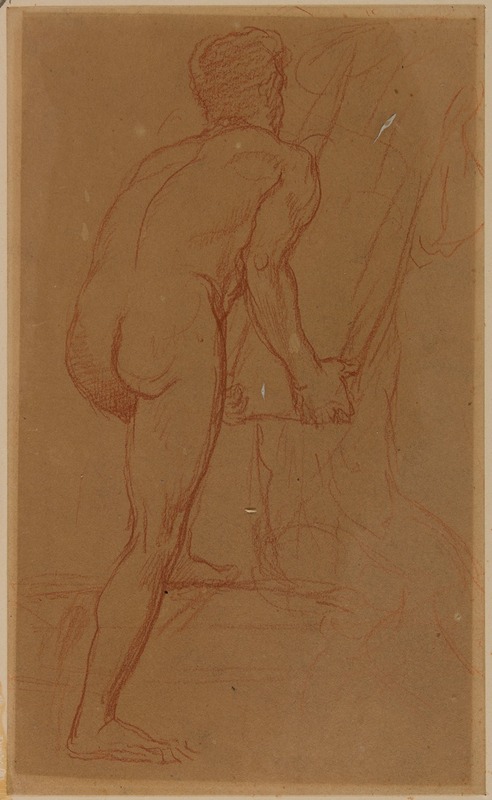
Homme nu de dos
A hand-painted replica of Pierre Puvis de Chavannes’s masterpiece Homme nu de dos, meticulously crafted by professional artists to capture the true essence of the original. Each piece is created with museum-quality canvas and rare mineral pigments, carefully painted by experienced artists with delicate brushstrokes and rich, layered colors to perfectly recreate the texture of the original artwork. Unlike machine-printed reproductions, this hand-painted version brings the painting to life, infused with the artist’s emotions and skill in every stroke. Whether for personal collection or home decoration, it instantly elevates the artistic atmosphere of any space.
Pierre Puvis de Chavannes was a prominent French painter known for his mural work and contributions to the Symbolist movement in the 19th century. One of his works, "Homme nu de dos" (Nude Man from the Back), exemplifies his unique style and thematic focus. Although specific details about this particular painting are limited, it is possible to discuss its context within Puvis de Chavannes' broader body of work and his artistic significance.
Puvis de Chavannes was born on December 14, 1824, in Lyon, France. He initially pursued a career in engineering but turned to painting after a serious illness. He studied under several artists, including Eugène Delacroix, and was influenced by the classical traditions of the Renaissance. His style evolved to emphasize simplicity, clarity, and a muted color palette, which became his signature approach.
Puvis de Chavannes is best known for his large-scale murals, which often depicted allegorical and mythological themes. His work was characterized by a sense of calm and timelessness, often focusing on the human figure in harmonious landscapes. This thematic focus is evident in "Homme nu de dos," which, as the title suggests, features a nude male figure viewed from the back. The painting likely reflects Puvis de Chavannes' interest in the human form and his ability to convey emotion and narrative through posture and composition rather than facial expression.
The artist's approach to the human figure was not about anatomical precision but rather about capturing an idealized form that conveyed a sense of universality and timelessness. This approach aligned with the Symbolist movement, which sought to express ideas and emotions through symbolic imagery rather than direct representation. Puvis de Chavannes' work often explored themes of nature, spirituality, and the human condition, using the human body as a vessel for these larger ideas.
Puvis de Chavannes' influence extended beyond his own time, impacting future generations of artists. His work was admired by the likes of Georges Seurat and Paul Gauguin, who appreciated his innovative use of color and form. His murals, particularly those in public spaces such as the Panthéon in Paris, helped to elevate the status of mural painting in the 19th century and inspired a renewed interest in large-scale public art.
While "Homme nu de dos" may not be as widely recognized as some of his larger works, it nonetheless embodies the qualities that define Puvis de Chavannes' art. The painting's focus on the human figure, stripped of extraneous detail, allows viewers to engage with the work on a more introspective level, contemplating the themes of humanity and existence that are central to the artist's oeuvre.
In summary, Pierre Puvis de Chavannes' "Homme nu de dos" is a testament to his skill in capturing the essence of the human form and his ability to convey profound themes through simplicity and elegance. Although specific details about this painting are scarce, its place within Puvis de Chavannes' body of work highlights his contributions to the Symbolist movement and his lasting impact on the art world.





